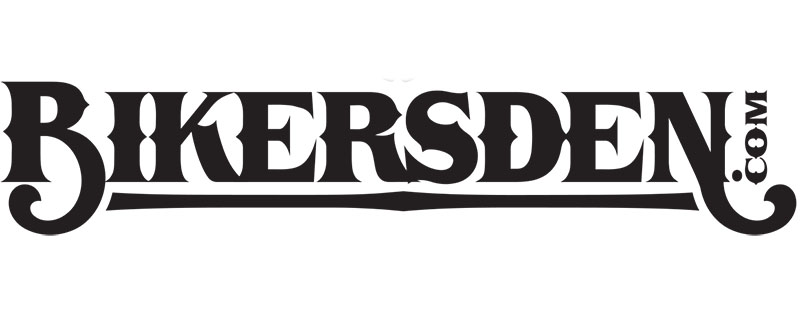Hydrographics is the process of transferring a print image onto an object in water. It sounds simple, but there’s a little more involved than just that. There are probably some things in your home that have been decorated using hydrographics and you just don’t know it yet. Chances are you’ll go to search them out to get a better look at them once you find out just what all goes into hydrographics.
Pretty much any three-dimensional object can be decorated with hydrographics. When an object has been picked to be decorated, the first step in the hydrographics process is to decide on the image that you want transferred. The image could be pretty much anything you want, but popular images are camo, marble designs, and wood grains.
Once you’ve decided on the image you want, the next step is to prepare the object for the transfer. To do this, the object is thoroughly cleaned and then a substance like a primer is put onto the object, which gives it a nice coating for the image to adhere to. Sometimes an object is painted beforehand in a base color, such as green to go with a camo design.
When that step is complete the image you chose is printed onto a special film that is water soluble and then it is placed into a vat containing water. That printed image is then sprayed down with a special chemical that causes the film to dissolve. The image then just floats on the surface of the water.
The object is then placed into the vat of water on top of the image and as the object is lowered into the water, the image kind of wraps around the object to fit it like a glove. When the object is removed from the water, it is covered in your chosen image.
The object needs to be rinsed off and set aside to dry before a coat of urethane is applied to the object. This will protect the object from becoming damaged by anything like the sun rays or certain chemicals. The object must set aside to dry once again and then the last step is to sand and then polish the object until it shines. Now that the hydrographics process is complete, the image is permanently attached to the object and is extremely durable.
The whole process is really quite interesting and the final results are amazing. The design ideas you can choose from are endless, but if you can’t quite decide on a ready-made image, you or someone else can design the image you want for you. You’d be surprised to hear how large some objects are that go through this process. Sometimes the items have to be dipped in the water multiple times in order to completely transfer the image. This is where it gets tricky because they have to match up the seams as perfectly as possible. But when the job is well done, you can’t even see the seams.

cool website here, very nicely made, and also wanted to thank you about your post on my own. My customers are Doctors and many of them have the passion of bikes. They could be interested about your bike customization and accessories.